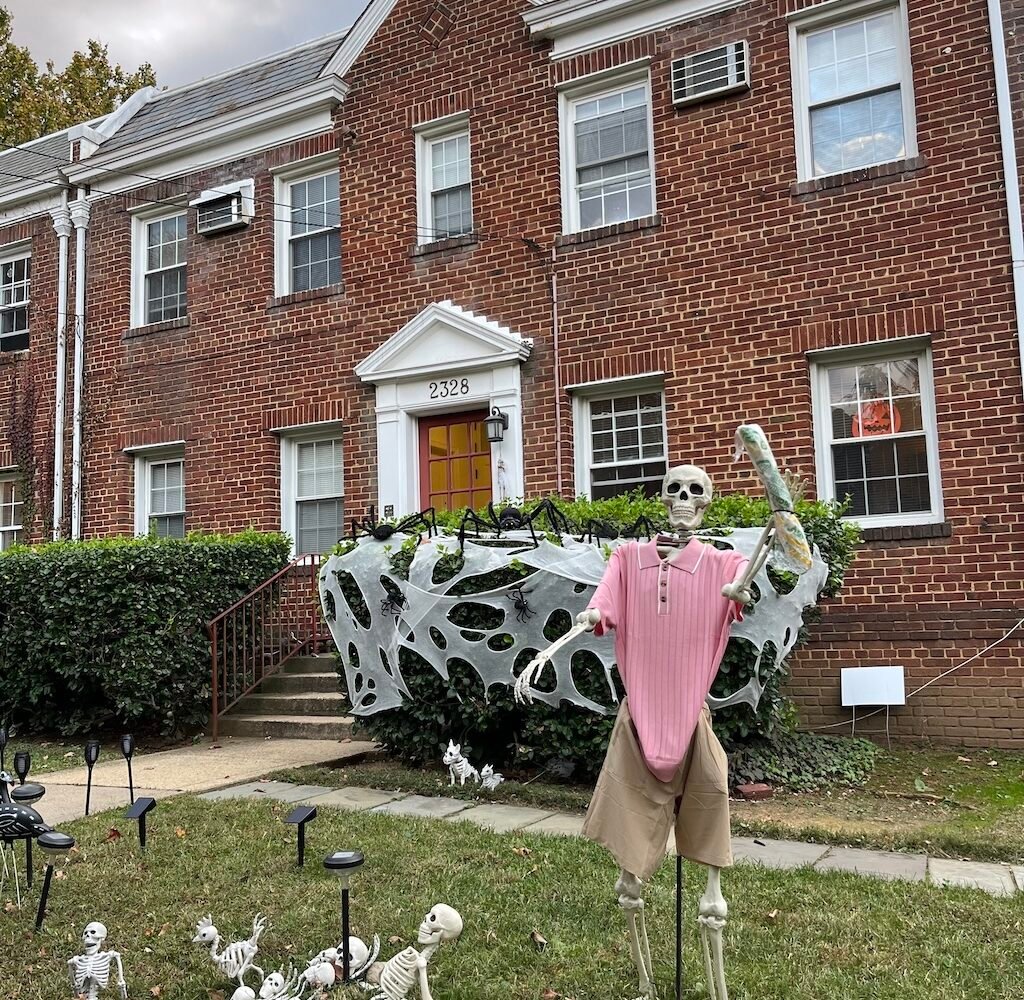Most visitors to Mount Vernon have an “aha!” moment, says James Rees, CEO of the historic estate. They enter George Washington’s mansion through the carriage-circle door, pass the verdigris-colored dining room, step onto the piazza that runs the length of the house, and take in the panoramic view of the Potomac.
“It’s awe-inspiring,” Rees says. “People sit on the lawn where Washington sat, and they can see for miles.”
Maintaining that view as well as Washington’s estate while enhancing the educational experience is a challenge–one Rees has relished for nearly 30 years.
To keep the vista on the other side of the river unspoiled requires ongoing “strategic” interventions, he says. Mount Vernon is currently buying a parcel across the Potomac, four miles from the estate, so a builder can’t cut down trees there. Otherwise, the view from Mount Vernon would be of houses rather than greenery of the type Washington might have seen.
Rees also directed the construction of an underground orientation and educational center that wouldn’t compete with the scale of the mansion or other original buildings. Sheep graze on a hillside atop the education center.
Mount Vernon showcases Washington the farmer, who adopted environmentally friendly innovations ahead of his time. He had the first composting building, mixed his own fertilizer, and practiced crop rotation.
Under Rees’s direction, Mount Vernon created a four-acre exhibition farm and continued the preservation of Washington’s distillery and grist mill. Visitors now have a greater appreciation of the first President’s agrarian enterprises.
Rees will retire in June. “No one has done more for George Washington’s legacy than Jim Rees,” says Mount Vernon regent Ann Bookout. “His dedication and drive echo the qualities of George Washington’s leadership.”
This article appears in the May 2012 issue of The Washingtonian.

















